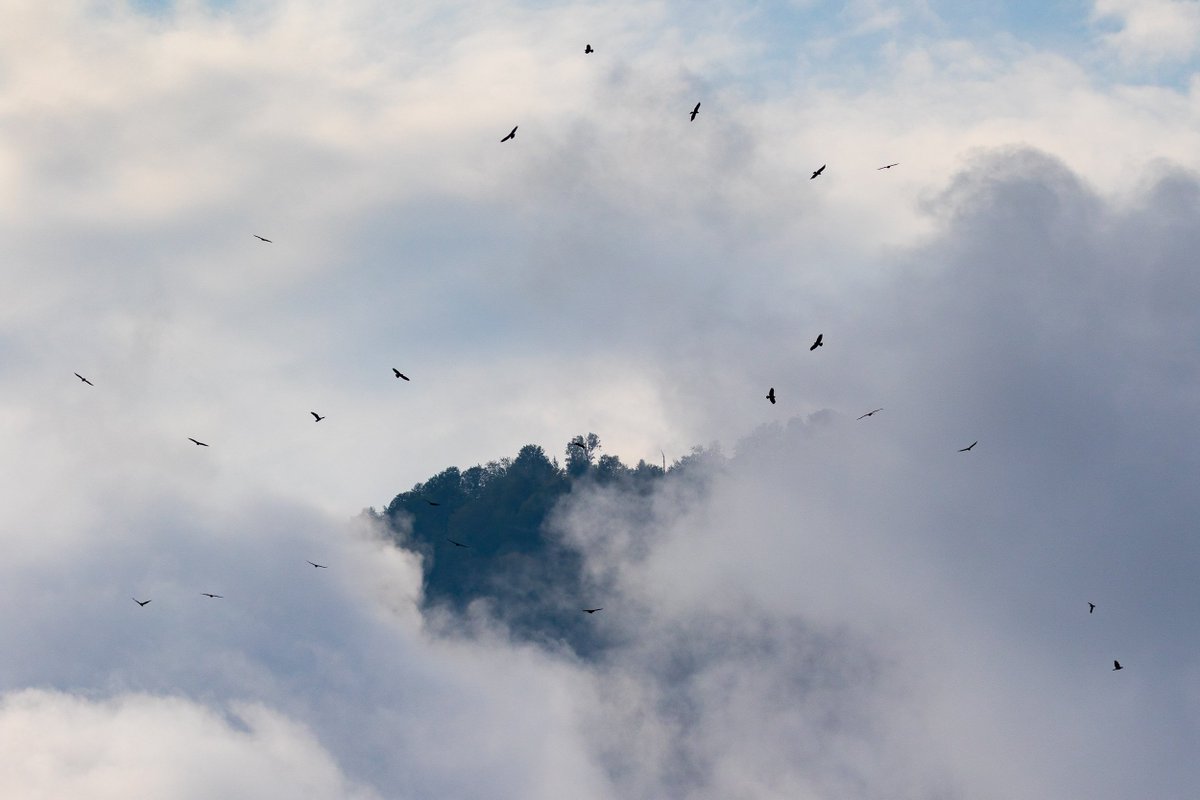
Spent a good few minutes watching this picture-perfect #Godwit probing for food in the soaked soil of the Blaugerzen. Undoubtably sensing all kinds of information about the underground world.
Can't help worrying about its eyes when it plunges its face into that Juncus 🙈. 1/4
Can't help worrying about its eyes when it plunges its face into that Juncus 🙈. 1/4
Further along the same field, a #Redshank -with very red shanks indeed- was foraging on little bugs on the water surface. I like how it ducks under grass leaves while making its way along the water edge. Handsome little waders. 2/4
On the same field still, an intimate look at #Lapwing courtship. Shortly after displacing a rival, this male went into full courtship and what I assume is nest site advertisement? It certainly seemed to earn him an approving response. 😏 3/4
Finally from today, a shiny flock of Golden Plovers which are rapidly moulting into breeding plumage these days. But perhaps best part of this video is the loud and majestic call of the same Godwit with which I opened this little thread. 🎶🥰 4/4
• • •
Missing some Tweet in this thread? You can try to
force a refresh









